RARE Strelitzia parvifolia var. juncea – Reed or Leafless Bird of Paradise
$49.95
PLEASE NOTE: Once they fully mature they will just be a reed type stem with no leaf. (Seeds were pollinated in Te Puke, Bay of Plenty)
Strelitzia Juncea, also known as the Leafless Bird of Paradise, is a stunning choice for dry garden landscaping and adds a dramatic touch to tropical gardens with its striking blue, upright, rush-like foliage and spectacular flowers in both spring and autumn.
Unlike its relative, Strelitzia Reginae, Strelitzia Juncea is less prone to wind damage due to its lack of paddle leaves, which reduces wind resistance.
This plant looks fantastic when planted en masse in mid-level garden positions, reaching an eventual height of about 1.5 meters.
*photos are indicative of plants available
Out of stock
Growing Strelitzia Juncea – Reed/Rush or Leafless (narrow-leaved) Bird of Paradise
The Strelitzia Juncea, commonly known as the Bird of Paradise, is a striking and unique plant that adds an exotic touch to any garden or indoor space. This species is distinguished by its tall, reed-like leaves and vibrant flowers, which resemble the plumage of a tropical bird. Here’s how you can successfully grow and care for Strelitzia Juncea.
Key Features
- Distinctive Appearance: The Strelitzia Juncea is known for its reed-like, leafless stems that produce stunning, bird-like flowers in orange and blue.
- Compact Growth: This plant typically grows up to 2 meters in height, making it suitable for both garden beds and large containers.
- Versatile Growing Conditions: Can be grown outdoors in tropical and subtropical climates or indoors in well-lit spaces.
- Low Maintenance: Strelitzia Juncea is a hardy plant that requires minimal care once established. It is drought-tolerant and can thrive in various soil types.
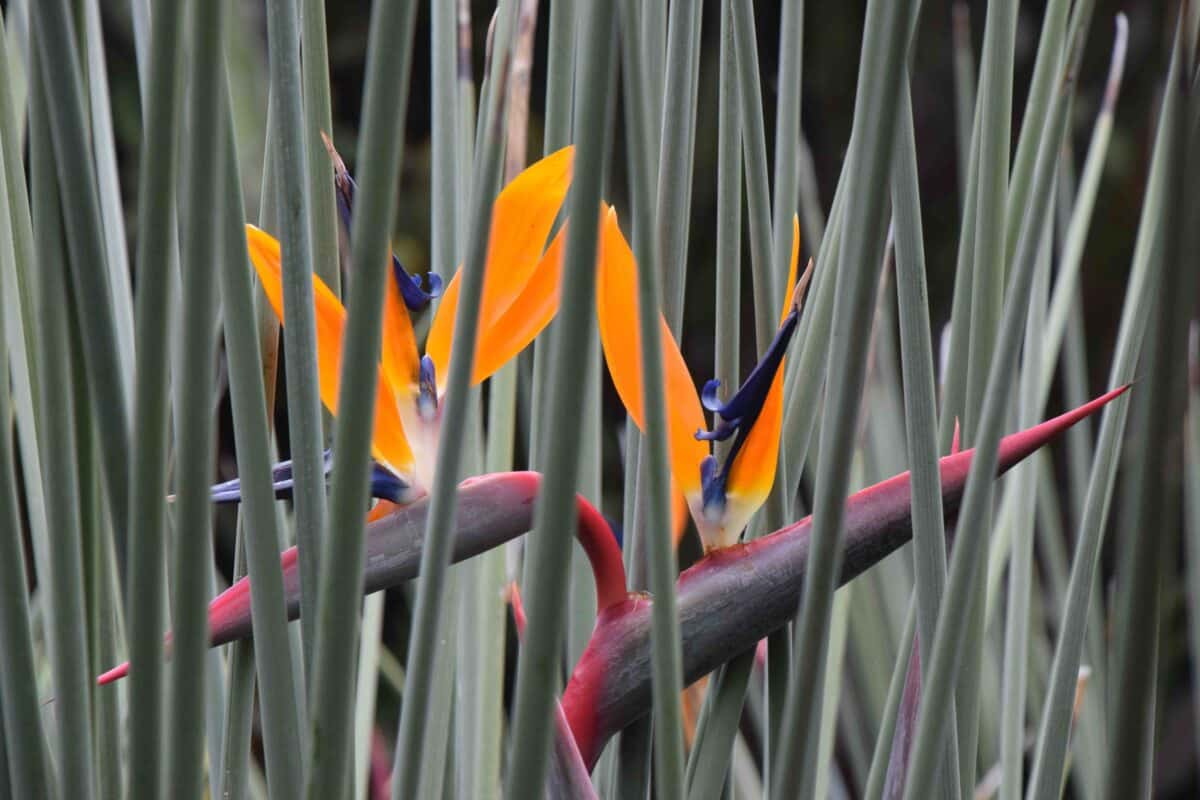
Planting and Care Instructions
- Soil: Use well-drained, sandy soil. A mix of garden soil and sand is ideal for ensuring good drainage.
- Light: Prefers full sun to partial shade. Ensure the plant receives at least 4-6 hours of direct sunlight daily. When grown indoors, place near a bright window.
- Watering: Water thoroughly but allow the soil to dry out between watering. Reduce watering during the winter months.
- Temperature: Thrives in temperatures between 15°C to 25°C. Protect from frost and cold drafts.
- Fertilizer: Feed with a balanced liquid fertilizer every 4-6 weeks during the growing season (spring and summer) to promote lush growth and vibrant blooms.
- Pruning: Remove dead or damaged stems to maintain a tidy appearance and encourage healthy growth.
Benefits
- Ornamental Value: Adds an exotic, architectural element to gardens, patios, and indoor spaces with its unique and striking appearance.
- Low Maintenance: Requires minimal care, making it ideal for busy gardeners or those new to plant care.
- Air Purification: Like many houseplants, Strelitzia Juncea can help purify the air when grown indoors.
Customer Reviews
Maria L. – “Strelitzia Juncea is a stunning addition to my garden. It’s unique and easy to care for. The flowers are absolutely beautiful!”
Peter S. – “I have this plant indoors, and it adds a fantastic tropical feel to my home. It’s low maintenance and has been thriving in a sunny spot.”
Purchase Information
Order your Strelitzia Juncea today and start enjoying the beauty of the Bird of Paradise in your garden or home. Available in various sizes to suit your needs.
Enhance your space with the unique and striking Strelitzia Juncea. Order today and enjoy the exotic beauty of the Bird of Paradise!
| Weight | 5 kg |
|---|---|
| Dimensions | 5 × 5 × 5 cm |
6 reviews for RARE Strelitzia parvifolia var. juncea – Reed or Leafless Bird of Paradise
Clear filtersOnly logged in customers who have purchased this product may leave a review.
Related products
Pink Frangipani in flower – 30l pot – 900 high
I have three 1st timer pink blossom frangipanis in bloom at moment.
This is one of them, it is in a 30l pot and about 900 high from top of pot
How about calling it “TulipBliss”? Purchase of this frangipani is unique and no cuttings have been taken and you get naming rights to bloom.
*Pickup only as large pot and plant (Tauranga and Te Puke option for pickup)
Tequila Agave (Blue Agave, Agave tequilana)
Discover the Exotic Beauty of the Musella lasiocarpa – Golden Lotus Banana!
Packet of 25 Fresh Strelitzia reginae Seeds Pollinated in Bay of Plenty, NZ
The Red Pineapple (Ananas bracteatus)
Key Features
- Striking Appearance: The Red Pineapple is renowned for its eye-catching red fruit, which is smaller but more colorful than the common pineapple. Its bright, reddish-pink bracts and green foliage make it a standout in any setting.
- Versatile Use: This plant can be grown both outdoors in tropical and subtropical climates and indoors as a potted plant in cooler regions.
- Easy to Grow: The Red Pineapple is a low-maintenance plant that thrives in well-drained soil and requires minimal watering once established. It's also resistant to many common pests and diseases.
- Edible and Ornamental: While primarily grown for its ornamental value, the fruit of the Red Pineapple is edible and can be enjoyed fresh, though it is often more tart than commercial pineapples.
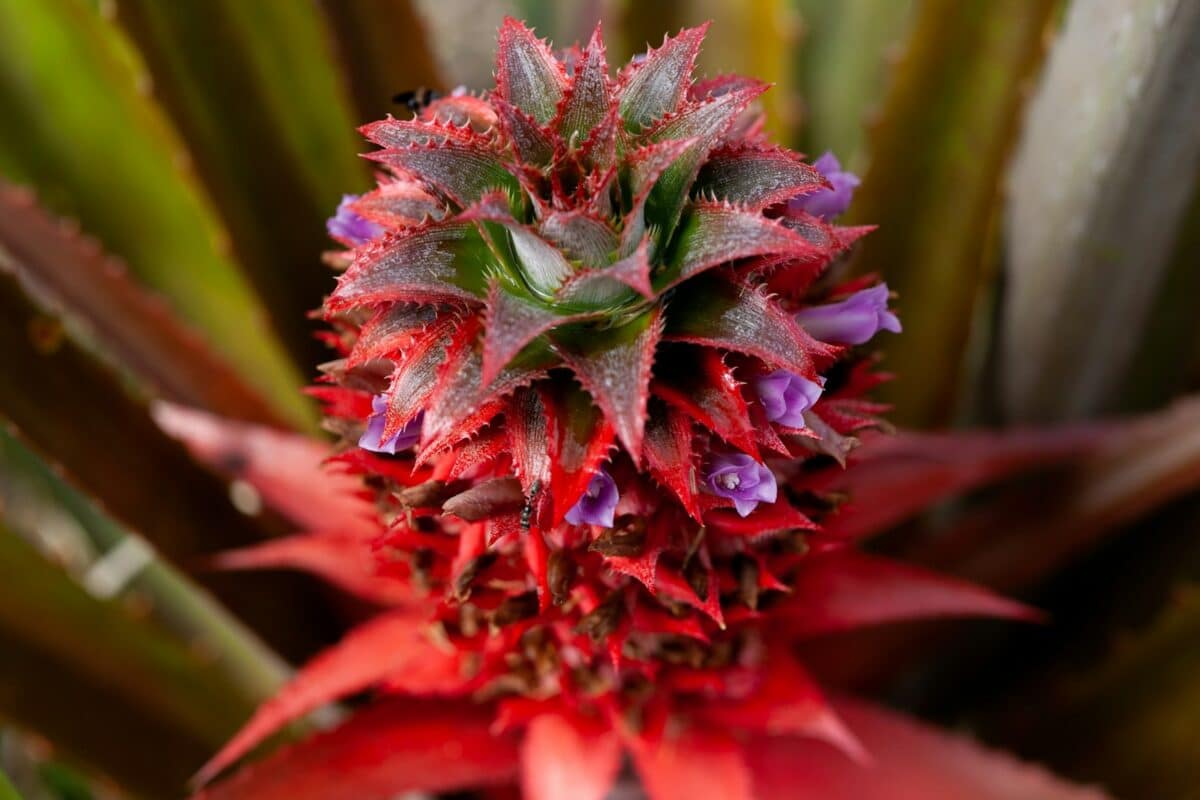
Photo by PROJETO CAFÉ GATO-MOURISCO on Unsplash
Sizzle with Style: Discover the Musa Siam Ruby Banana! 8.5L
Get ready to add a splash of tropical flair to your garden or home with the Musa Siam Ruby Banana! Known for its striking red foliage and compact size, this dazzling banana plant is the perfect blend of exotic beauty and easy care. Whether you’re dreaming of a lush backyard oasis or a vibrant indoor jungle, the Siam Ruby Banana is here to steal the show.
Why You’ll Love the Siam Ruby Banana:
- Exotic Red Foliage: The Siam Ruby Banana boasts deep red leaves that create a stunning visual impact. Its rich hues are sure to catch everyone’s eye and make your space pop!
- Compact and Versatile: This plant is perfect for smaller gardens or containers, making it a fantastic choice for patios, balconies, or even as a houseplant.
- Low Maintenance: Despite its exotic looks, the Siam Ruby Banana is surprisingly easy to care for. It’s a hardy plant that thrives with minimal fuss.
- Tropical Vibes: Bring a touch of the tropics to your home with this unique banana plant. Its vibrant colors and lush leaves create a vacation-like atmosphere right in your own backyard.
Bring Home the Siam Ruby Banana:
Ready to transform your space with a burst of tropical color? The Musa Siam Ruby Banana is your ticket to a vibrant, exotic garden or indoor paradise. Whether you’re a plant enthusiast or just looking for something unique, this banana plant is sure to impress.


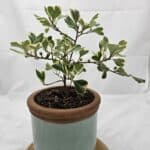
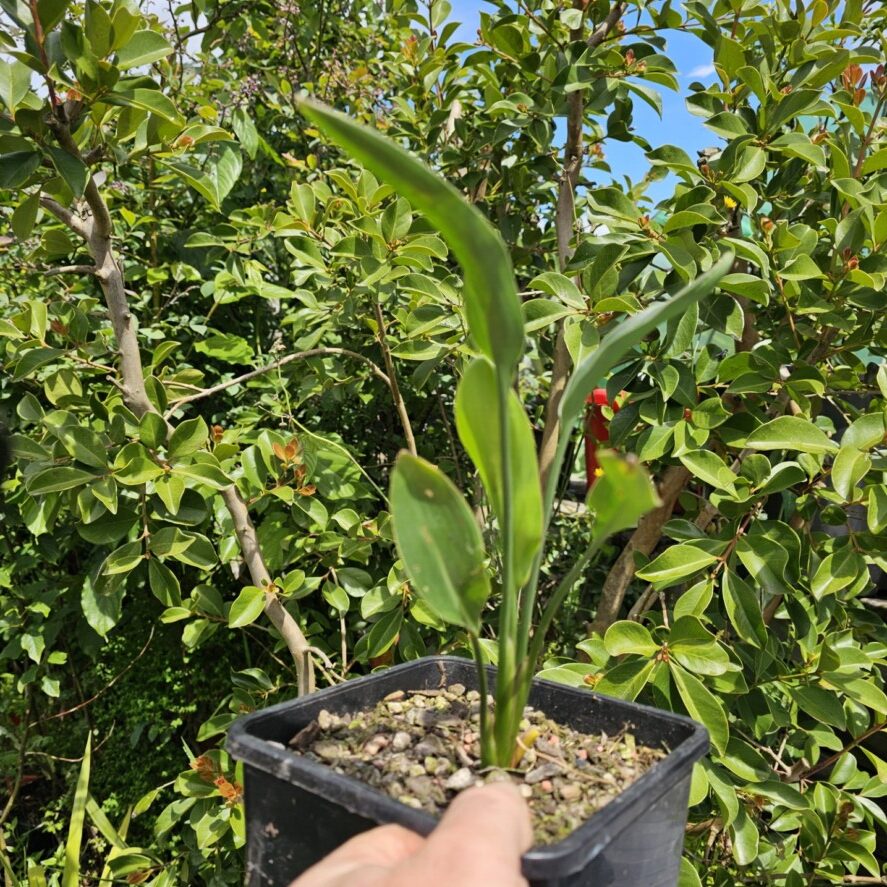
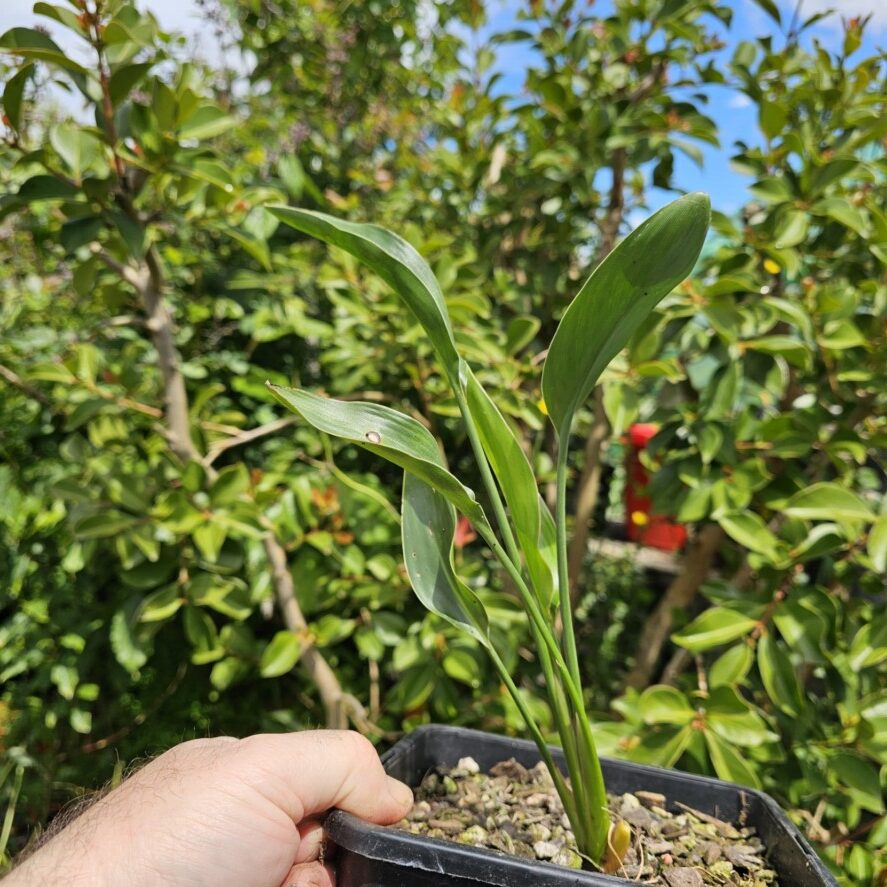
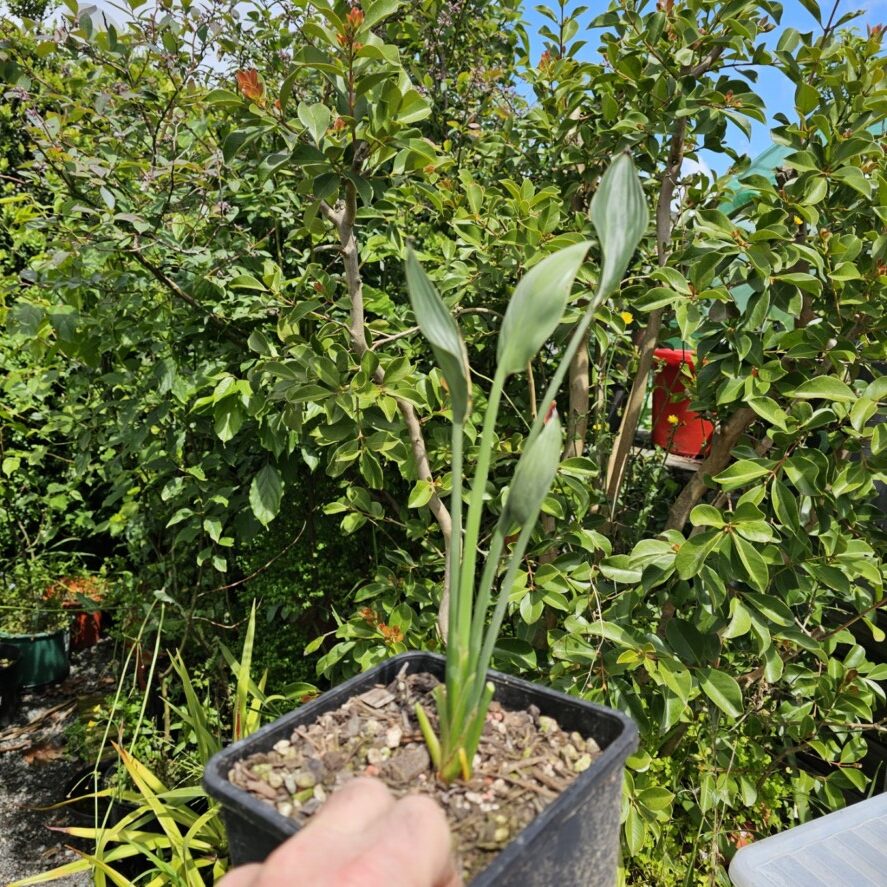
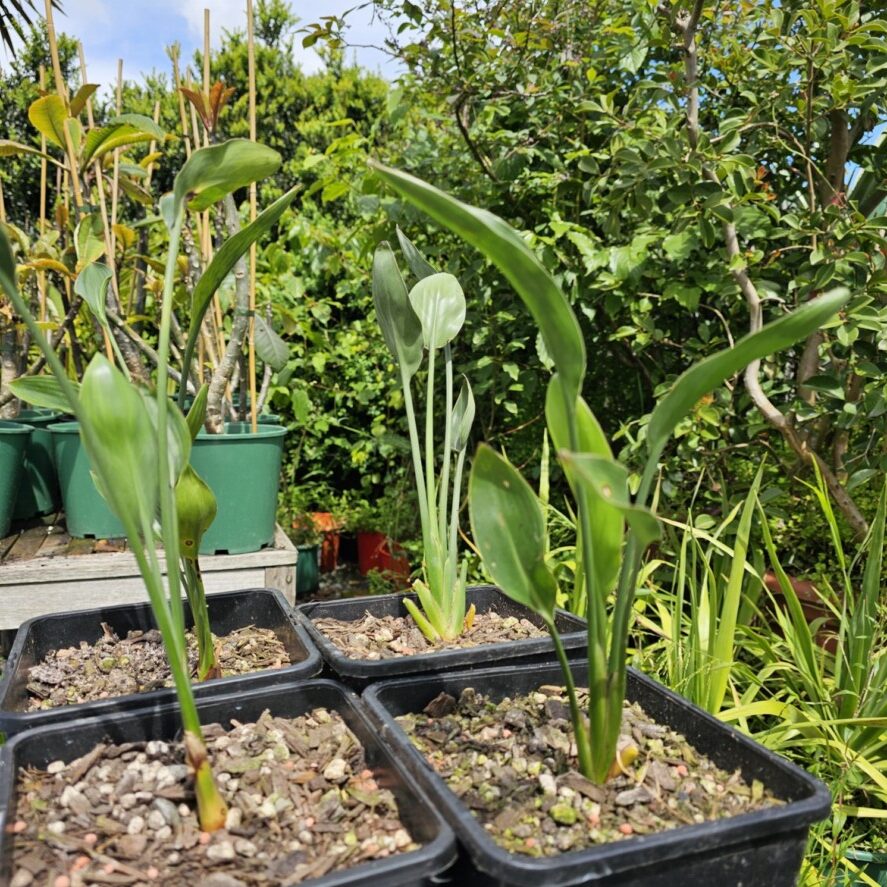
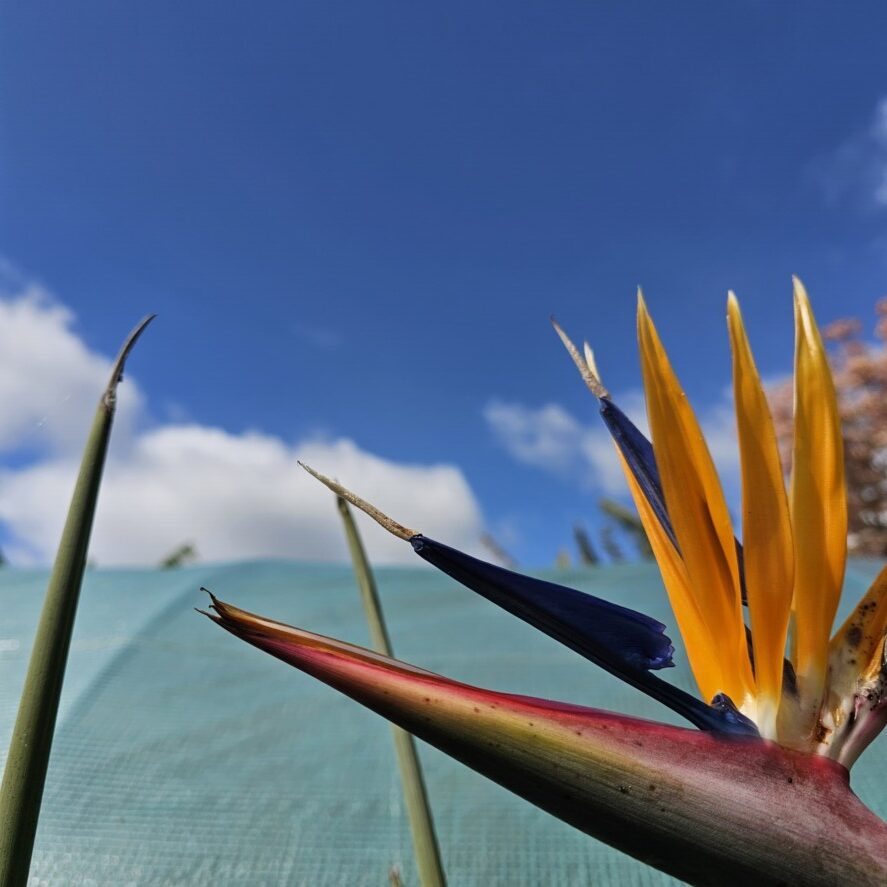
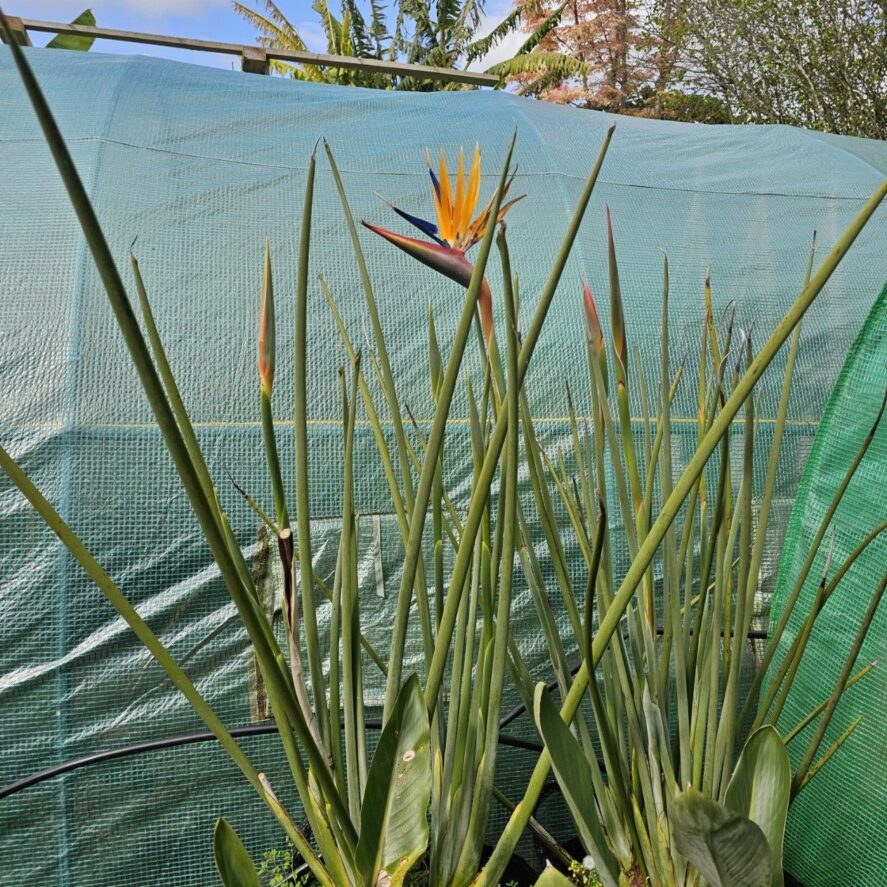
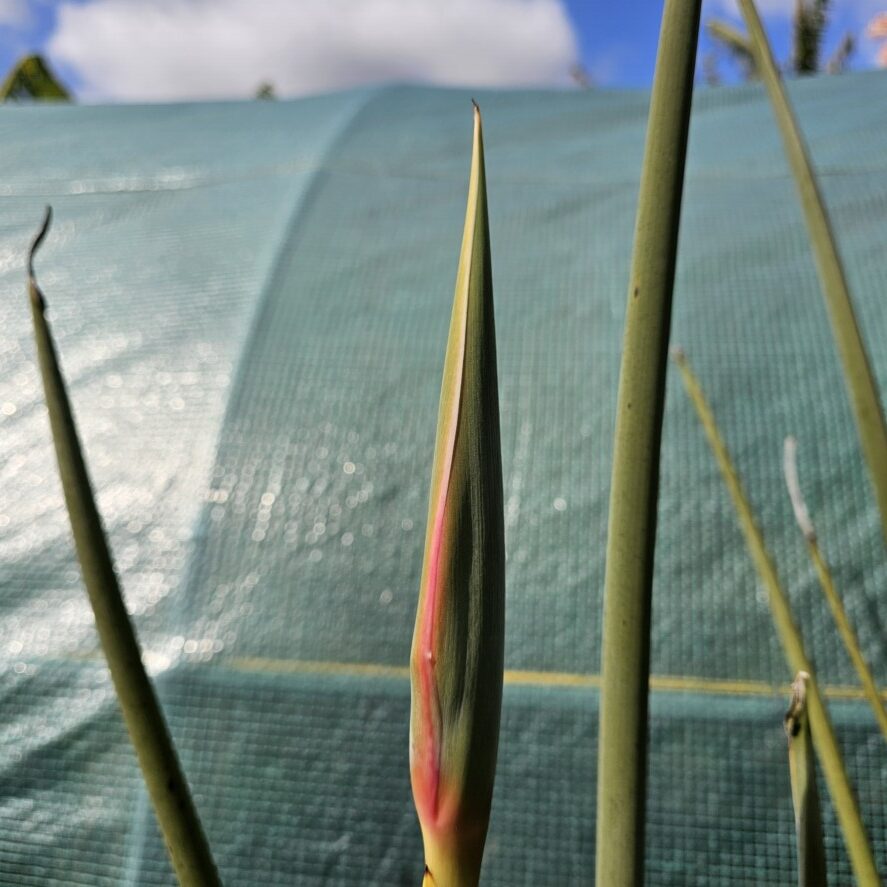
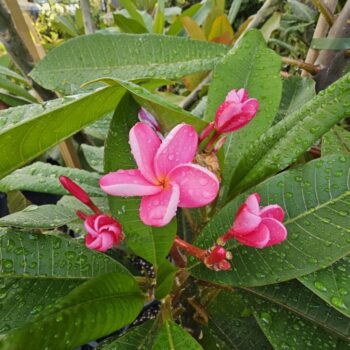
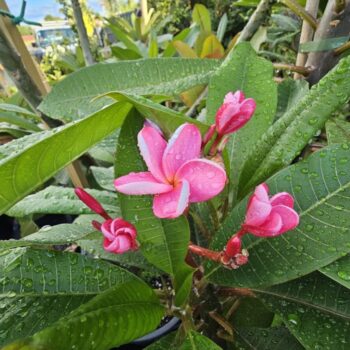
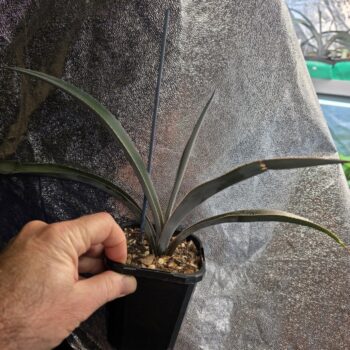
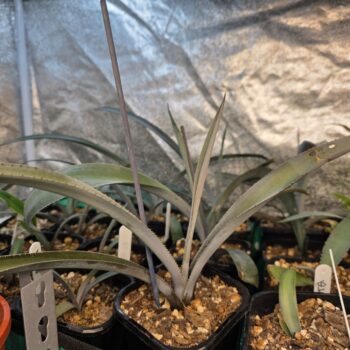
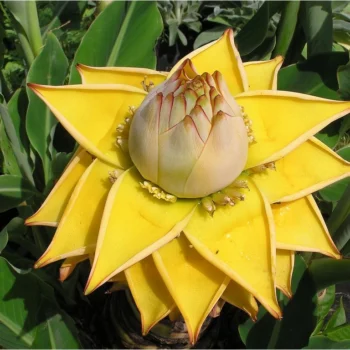
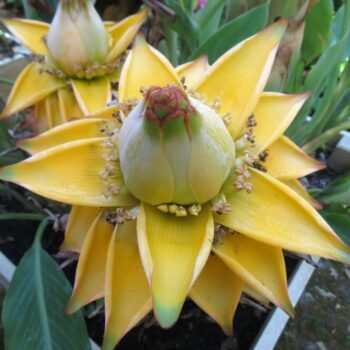
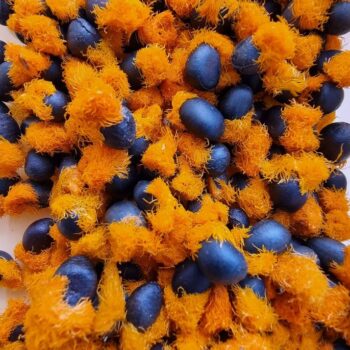
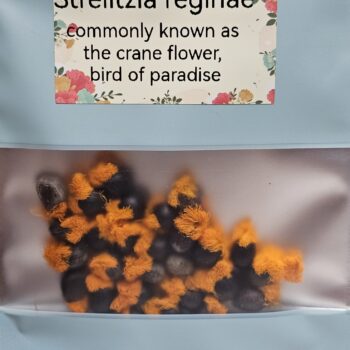
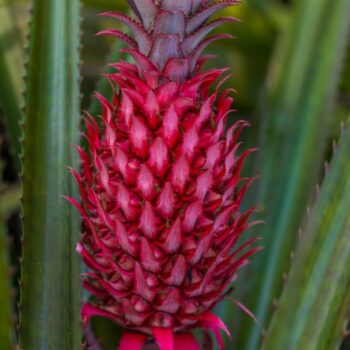
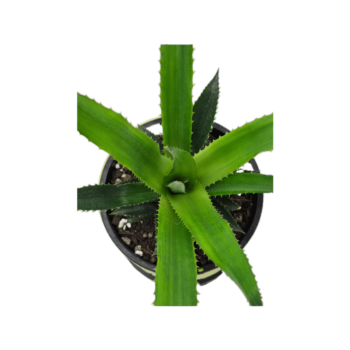
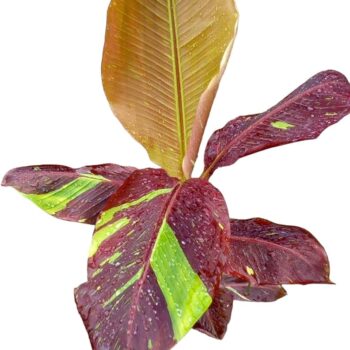
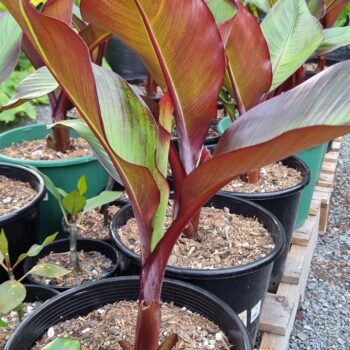
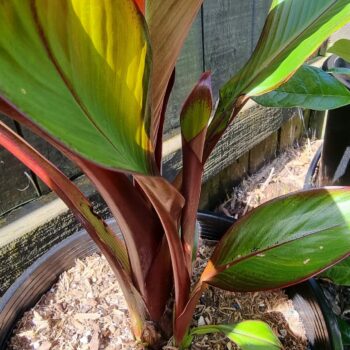
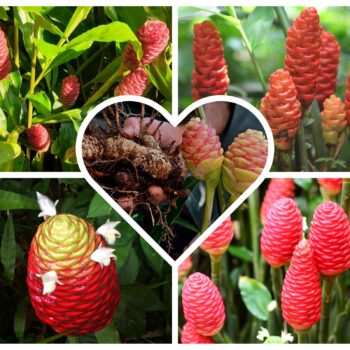

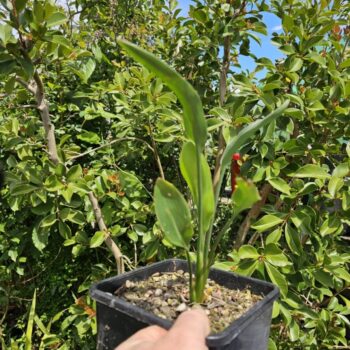
Leaf Lover –
Seems like a good plant for beginners. I might try it.
Plant Fan –
I like that it can grow indoors or outdoors. Very flexible.
Nature Lover –
Sounds like it’s easy to care for. That’s good for me.
Garden Girl –
I like that it can help purify the air. Nice feature.
Green Thumb –
This plant looks interesting. I like the bright colors.
Flower Power –
The flowers look beautiful. I might get one for my garden.